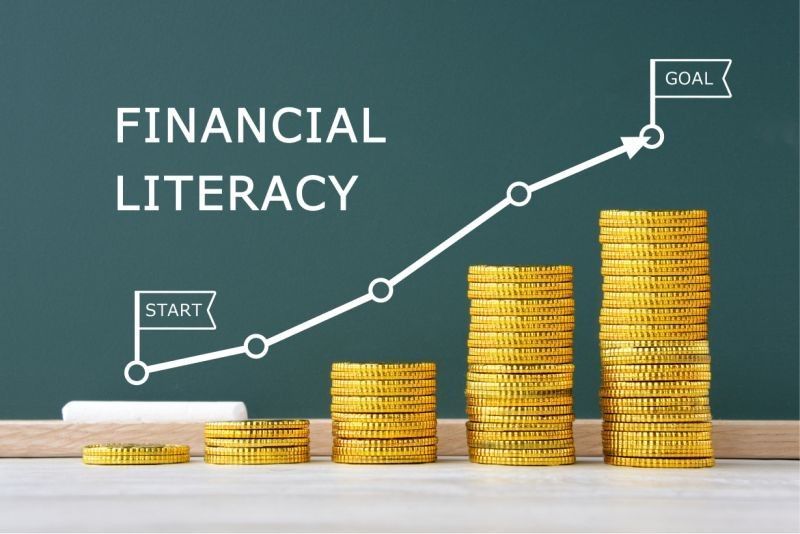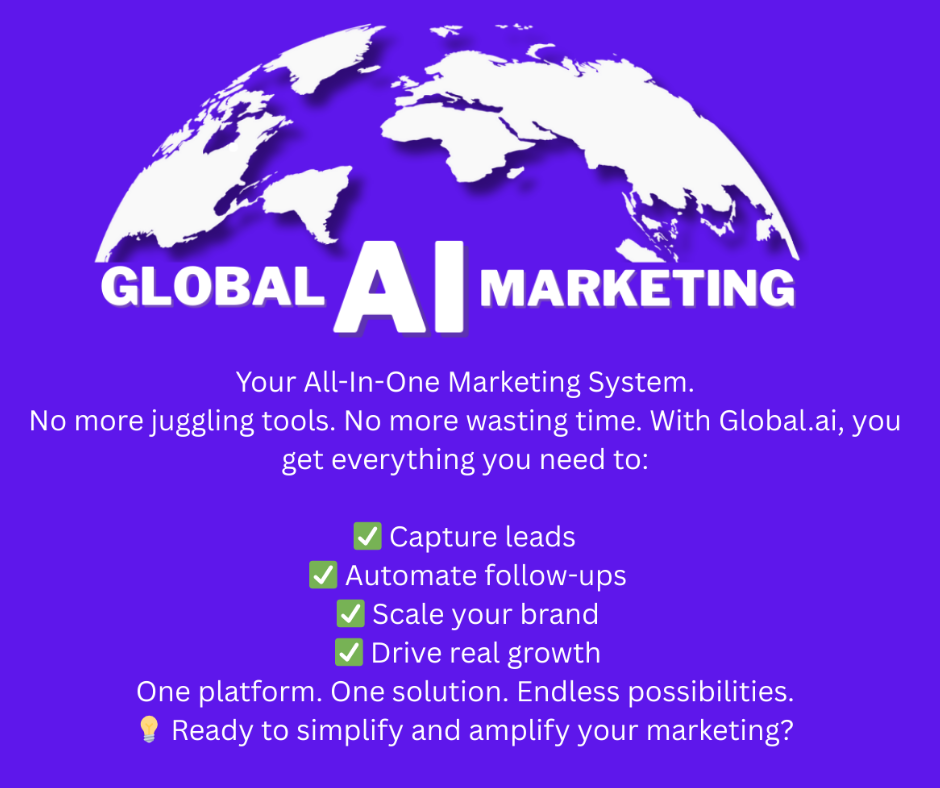The Time to Understand Your Finances and Plan for the Future is NOW — Not Tomorrow

📩 The Time to Understand Your Finances and Plan for the Future is NOW — Not Tomorrow
In today’s world, more people are quietly struggling than you probably realize. You look around and see people dressed well, smiling in family photos, running businesses, posting highlights on social media — but behind those polished images, many are battling silently against crushing financial strain, career uncertainty, health issues, and overwhelming debt.
As someone who works closely with families, business owners, and professionals of all walks of life, I can tell you firsthand: it’s rough out there for many good, hardworking people. I’ve seen friends blindsided by medical emergencies.
I’ve witnessed clients lose homes to foreclosure. I’ve had conversations with retirees who realized too late they didn’t have enough set aside to live comfortably in their later years. And I've walked my own difficult road through personal, financial, and business setbacks.
If you're reading this and you're feeling anxious about your finances, your career, your family's future, or your retirement — you are not alone. And more importantly — you don't have to navigate it alone.

Why Financial Understanding Matters More Than Ever
We live in unprecedented times. Between inflation, rising interest rates, volatile markets, and the economic aftershocks of global events, it has never been more critical to truly understand where you stand financially and to develop a plan for what lies ahead.
But here’s the issue — most people are not taught how to manage money, build wealth, or prepare for major life curveballs. Schools don’t teach it. Many families avoid discussing it. And the complexity of the financial world today can be downright overwhelming.

That’s why so many people fall behind. Not because they’re lazy or irresponsible — but because they simply don’t know where to begin.
Understanding finances isn’t about getting rich quick. It’s about:
- Making sure your family is protected if something happens to you.
- Ensuring you won’t outlive your money in retirement.
- Knowing how to handle debt so it doesn’t consume your future.
- Planning for taxes, insurance, business risks, and unforeseen emergencies.
- Having clarity about your income streams, investments, and liabilities.
- And creating a game plan for the goals and experiences you still want in life.
The Emotional and Mental Weight of Financial Uncertainty
Financial stress is one of the leading causes of anxiety, depression, marital conflict, and health issues. And it doesn’t matter how much money you make — if you don’t manage it wisely and prepare for the future, it can slip away faster than you think.
I’ve sat across from people who were too ashamed to admit they were falling behind. I’ve heard the embarrassment in their voices, the fear in their eyes.
But here’s the truth:
You should never be ashamed of needing help.
We all need guidance at times.
Even the strongest leaders, the most successful entrepreneurs, and the smartest investors have trusted advisors and consultants in their corner.
There’s no shame in it — it’s smart.
My Story: Why I’m So Passionate About This
I’m not speaking to you from an ivory tower. I’ve been through it.
I’ve built businesses and lost them. I’ve faced health scares that brought everything to a halt. I’ve been buried in debt and had to navigate the stress of starting over. I’ve made mistakes — and I’ve learned hard, expensive lessons.
And it’s because of those experiences that I’m more determined than ever to help others avoid the pitfalls I fell into.
If I could go back and tell my younger self one thing, it would be this: Don’t wait until it’s too late to plan.
Don’t let pride or fear stop you from getting help.t tasks, but about people’s mental and emotional state. Build a support net strong enough to carry the weight of what’s ahead.
The Reality for Many Today
Right now, in 2025:
- Retirement savings are at dangerously low levels for many Americans. The average 50-year-old is nowhere near where they need to be financially for retirement, with rising healthcare costs and longer life expectancies making the problem worse.
- Foreclosures and debt defaults are increasing. Between credit card debt, student loans, medical bills, and rising mortgage rates, many households are one emergency away from financial crisis.
- Small businesses are struggling to stay afloat. Inflation, supply chain issues, labor shortages, and shifting markets have left many entrepreneurs burnt out, undercapitalized, and without a plan B.
- Families are stretched thin. Juggling childcare, eldercare, careers, rising costs of living, and future college expenses is overwhelming many households.
The complexity of managing life in 2025 is no joke.
Which is exactly why having a plan — and a professional to help you see blind spots you might miss — is not a luxury. It’s a necessity.

Proactive vs. Reactive: The Critical Difference
Too many people wait until it’s too late. They react to problems rather than proactively preparing for them.
The emergency room visit that wipes out your savings. The job layoff you didn’t see coming. The unexpected business expense that sinks your cashflow. The market downturn that slashes your retirement fund. The IRS notice you ignored too long.
These things happen every single day.
But here’s the thing:
Most of them can be anticipated, planned for, and managed — if you have a financial strategy in place.
A good advisor can help you:
- Identify risks you might not be seeing.
- Show you tax-saving strategies you didn’t know existed.
- Reorganize your debt for better cash flow.
- Protect your assets from lawsuits and creditors.
- Ensure your retirement accounts are on track.
- Build a plan for legacy, estate, and healthcare decisions.
- Develop multiple income streams so you’re not reliant on one.
It’s not about fear-mongering. It’s about wisdom.
Why Having an Advisor or Consultant Is a Strength, Not a Weakness
Somewhere along the way, our culture convinced people that asking for help with money was a sign of failure. That if you didn’t have it all figured out, you were behind or incompetent.
That’s nonsense.
In fact, the wealthiest and most successful people in the world all have teams of advisors. They pay for expert insight because they know it saves time, stress, and costly mistakes.
The smart move is reaching out before you hit the wall.
And let’s be clear — it’s never too early or too late to get serious about your finances. Whether you’re 30 and just starting a career, 50 and trying to catch up for retirement, or 65 and worried about outliving your nest egg — there are strategies available.
But you have to take that first step.
What You Can Do Today
Here’s what I recommend:
✅ Take inventory of your current financial situation. Know exactly what you own, what you owe, what you earn, and what you spend.
✅ Identify your biggest financial risks. Is it debt? Lack of savings? No retirement plan? Unprotected business?
✅ Schedule a conversation with an advisor. Whether it’s me or someone else you trust, start that dialogue. Don’t wait.
✅ Review your insurance policies. Health, life, business, property — make sure they’re updated and sufficient.
✅ Create a simple emergency fund. Even $500-1000 set aside can be a lifesaver in a crisis.
✅ Get honest with yourself. What financial habits are hurting you? What do you need to change?
✅ Surround yourself with people who will challenge you to grow. Not enablers. Not complainers. People who are financially proactive and wise.
Final Thoughts
Look — none of us are promised tomorrow. And the financial world isn’t going to suddenly get easier to navigate.
But you don’t have to carry this burden alone.
You deserve to live with less financial stress, more clarity about your future, and a solid plan you can trust. That’s what I help people build every single day.
Not pie-in-the-sky promises or get-rich schemes — but smart, actionable, and personalized strategies for where you are right now.
If you’re ready to stop avoiding your financial reality and start taking control of your future, I invite you to reach out. No pressure. No judgment. Just a real conversation about where you are and where you want to be.
Because the best time to plan was yesterday. The second-best time is today.
Let’s talk. Schedule a discovery call.




